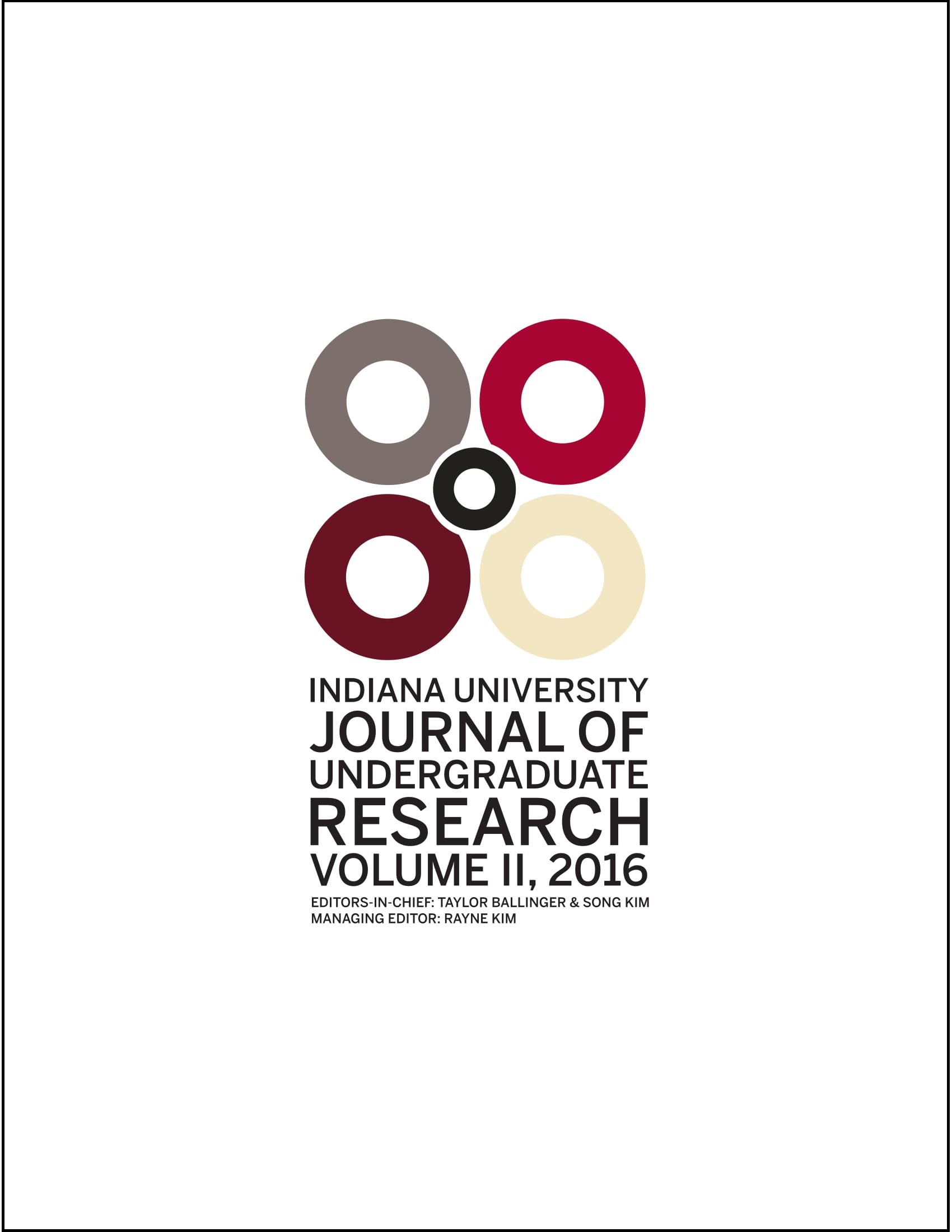Forest Economies: A Remedy to Amazonian Deforestation?
Main Article Content
Abstract
Commonly described as the “lungs of the planet,” the Amazon rainforest represents over half of the remaining rainforest in the world, constituting an important global carbon sink and one of the most culturally- and biologically-diverse regions of the world. The past half-century has seen a worrisome amount of deforestation in this rainforest, but different regions within the Amazon, however, compare differently in terms of deforestation trajectories. What has been the role of products obtained from managing forests, such as the now globally-consumed açaí palm fruit, in reverting deforestation trends? My hypothesis is that there is a statistically significant negative correlation between such forest products and extent of deforestation. This study examines, within the historical and social context of the Amazon Delta and Estuary, the relationship between açaí agroforestry and deforestation. The focus units are the municípios (roughly equivalent to counties) that constitute the Amazon Delta and Estuary, all located in the northern Brazilian states of Amapá and Pará. Statistical data for deforestation obtained from PRODES, a Brazilian governmental project, which monitors deforestation via satellite, is used to ascertain deforestation in the region. This dataset is then correlated with census-based production data for each município for the period from 2002 to 2012. Mapping these variables onto municípios does visually demonstrate a contrast between areas of high deforestation and high açaí production; however, the relationship is not statistically significant.
Downloads
Article Details
Authors who publish with this journal agree to the following terms:
- Ownership of the copyright shall remain with the Author, subject to IUJUR’s use and the rights granted by the Creative Commons license assigned by the Author. A Creative Commons Attribution-NonCommercial 4.0 International (CC BY-NC 4.0) license will be applied to the published work unless otherwise indicated in the Student Author Contract. The CC BY-NC 4.0 license (https://creativecommons.org/licenses/by-nc/4.0/) lets others remix, tweak, and build upon the published Work non-commercially, and although the new works must also acknowledge the original IUJUR publication and be noncommercial, they don’t have to license their derivative works on the same terms.Authors are able to enter into separate, additional contractual arrangements for the non-exclusive distribution of the journal's published version of the work (e.g., post it to an institutional repository or publish it in a book), with an acknowledgement of its initial publication in this journal.
- Authors are permitted and encouraged to post their work online (e.g., in institutional repositories or on their website) prior to and during the submission process, as it can lead to productive exchanges, as well as earlier and greater citation of published work (See The Effect of Open Access).
References
"Amazon: Lungs of the planet" (2014). BBC. Retrieved from http://www.bbc.com/future/story/20130226-amazon-lungs-of-the-planet
Balée, W. (2013). Cultural Forests of the Amazon: A Historical Ecology of People and Their Landscapes. Tuscaloosa, AL: The University of Alabama Press. Brondízio, E.S. (2008). The Amazonian Caboclo and the Açaí Palm: Forest Farmers in the Global Market. Bronx, N.Y: The New York Botanical Garden Press.
Brondízio, E.S., & Moran, E.F. (2012). Level-dependent deforestation trajectories in the Brazilian Amazon from 1970 to 2001. Population and Environment. 34(1), 69-85. doi: 10.1007/s11111-011-0159-8
Brondízio E.S. & Siqueira, A.D. (1997). From extractivists to forest farmers: Changing concepts of agricultural intensification and peasantry in the Amazon estuary. Research in Economic Anthropology, 18, 233-279.
Butler, R. A. (2015). The Amazon: The World’s Largest Rainforest. Mongabay.com. Retrieved from rainforests.mongabay.com/amazon
Deforestation in the Amazon accumulated by the year 2012 (2013). IMAZON. Retrieved from http://imazon.org.br/slide/desmatamento/?lang=enFigure 9: Local açaí processing (Photo E. Brondízio, 2007).

